Global indigeneity refers to the shared experiences and struggles of Indigenous people around the world. Indigenous people, also known as First Nations, are the original inhabitants of a particular region or country and often have a unique cultural, spiritual, and linguistic heritage.
Indigenous communities have a special relationship with their land and natural resources. They often depend on the land for their livelihoods and cultural practices, and their traditional knowledge and practices have been valuable in adapting to and mitigating the effects of climate change among many other things.
However, through years of colonization, they have been historically marginalized and disadvantaged in many parts of the world, with their lands and resources often taken over by colonizers and their cultures suppressed or erased.
Today, there are an estimated 476 million indigenous people in the world, living in 90 countries and speaking an estimated 4,000 languages. Nevertheless, they continue to face challenges such as poverty, lack of access to education and healthcare, ongoing threats to their lands and culture and limited resources and support to adapt to these changes of the climate crisis.
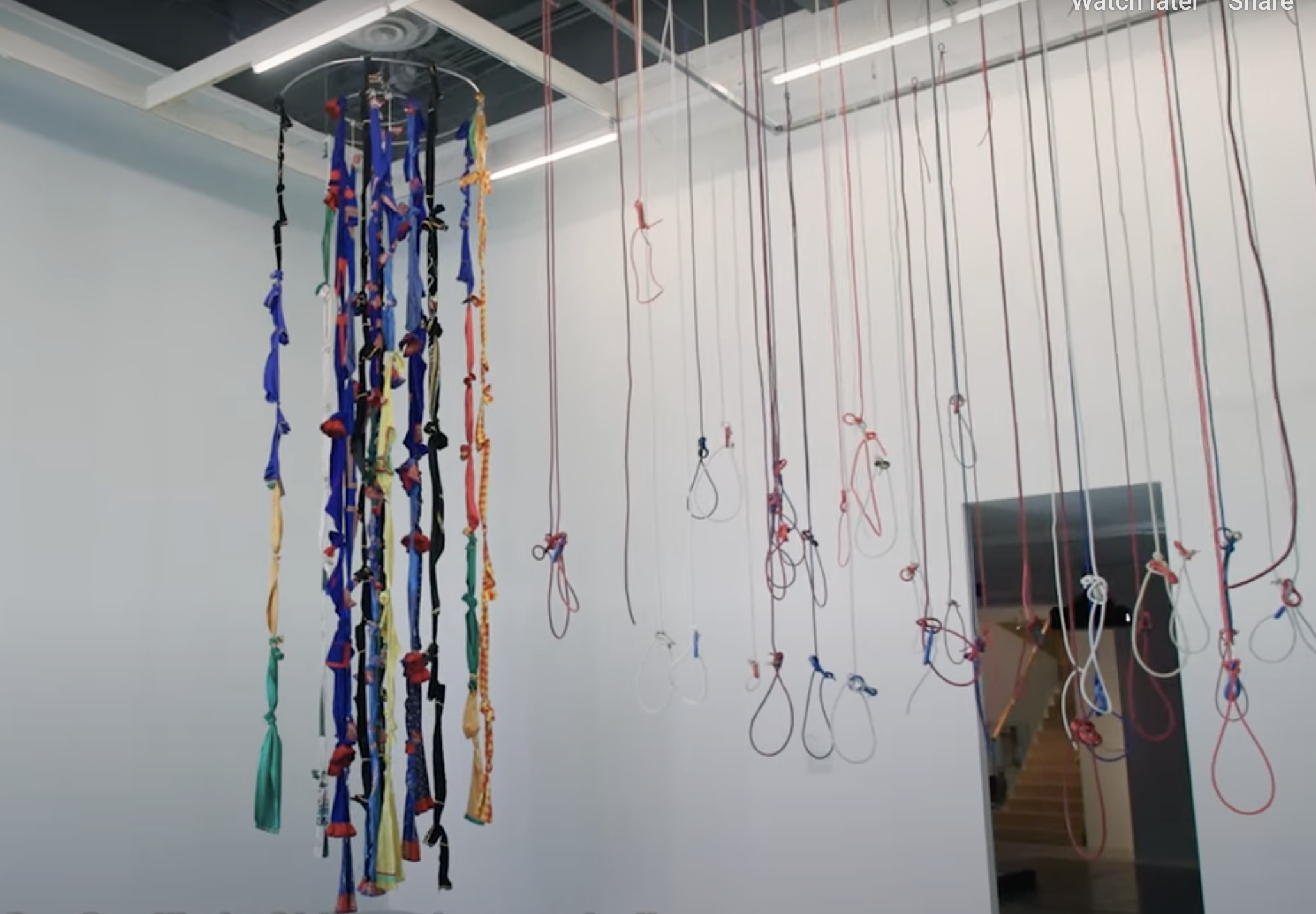
In the fall of 2022, The Power Plant Contemporary Art Gallery in Toronto presented Arctics/Amazon: Networks of Global Indigeneity which examined the connections between Indigenous groups in the Arctic and Amazon regions. The exhibition featured works by 17 artists and collectives from both regions, highlighting the shared experiences and struggles of Indigenous peoples in the face of global issues such as climate change and resource extraction reflecting on United Nations Sustainable Development Goals of Climate Action and Reduced Inequalities among many others.
One of the pieces of the art features portraits of the trans-indigenous artist Uyura, who is shown morphing into a hybrid of an animal and plant. The artist, according to the gallery, characterizes themselves as a "walking tree" who is dedicated to treating colonial ailments by "teaching educational workshops on environmental care" in isolated communities in the Brazilian Amazon.
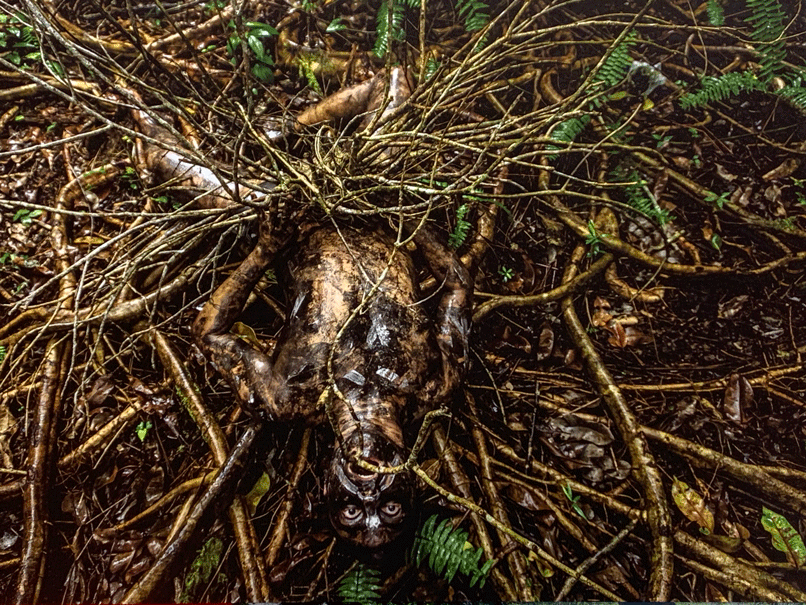
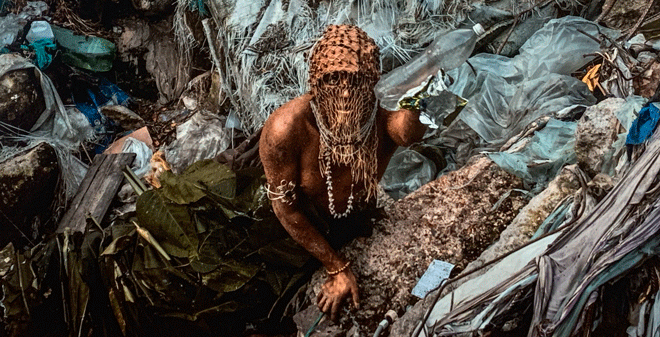
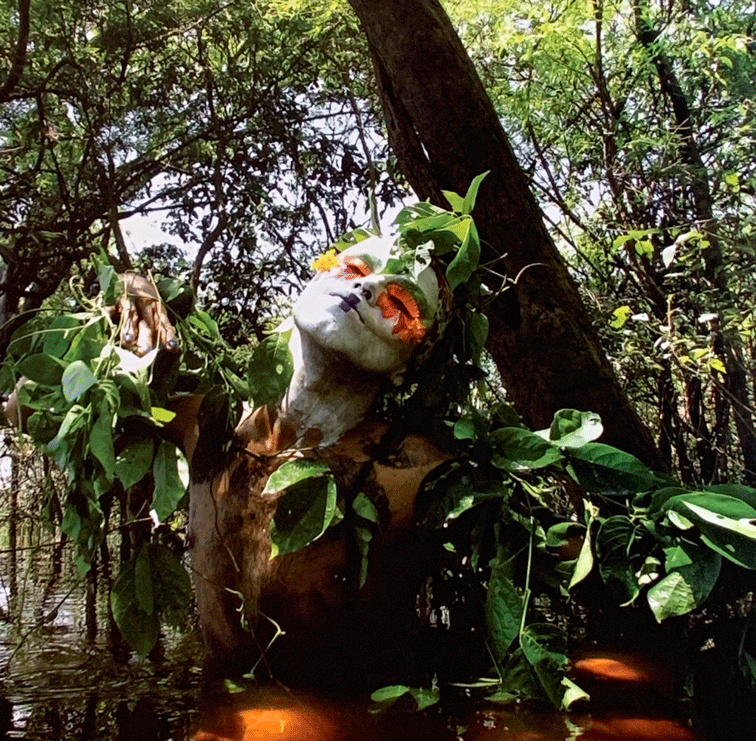
These portraits challenge "white, masculinist, heteronormative standards" that have oppressed LGBTQIA+ people and women of colour by drawing attention to societal systemic inequalities as described by the gallery. According to the exhibition, as a transgender artist, Uyura fights the homogenization of gender and sexuality that is prevalent in Europe and instead link Indigenous worldviews to biodiversity and cultural diversity.
One of the important aspects of the exhibition was the way it sought to challenge the dominant narrative around Indigenous communities, often shaped by stereotypes and misconceptions. By presenting the diverse perspectives and experiences of Indigenous peoples from the Arctic and Amazon regions, the exhibition aimed to complicate and enrich our understanding of these communities and their place in the world.
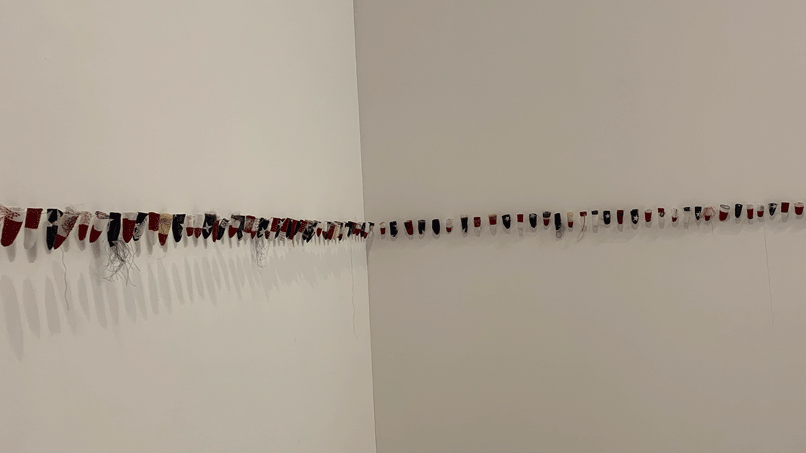
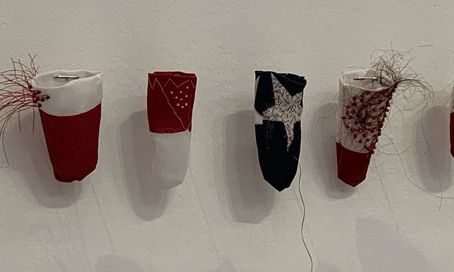
"On people's minds, they have nothing similar, nothing to do, with one another. What we found out was similarities of the way of living, people that really love their land, live from their land and have profound knowledge and wanted to share this knowledge with each another," said Nina Vincent, one of the exhibition curators.
Likewise, other key themes of the exhibition were the role of Indigenous knowledge and practices in addressing these global challenges. Many of the artists and collectives included in the exhibition drew on traditional ways of knowing and being, incorporating elements of their cultural heritage into their work. This helped to shed light on the valuable contributions that Indigenous communities can make to the broader global conversation around sustainability and resilience highlighting the Sustainable Development Goals for Sustainable Cities and Communities.
Overall, Arctic/Amazon: Networks of Global Indigeneity was a thought-provoking and eye-opening exhibition that provided a unique opportunity to learn about the complex and interconnected experiences of Indigenous communities in the Arctic and Amazon regions.
By bringing together artists and collectives from these diverse regions, the exhibition highlighted the shared challenges and strengths of Indigenous peoples in a rapidly changing world, and the valuable role they can play in shaping a more sustainable and equitable future.
